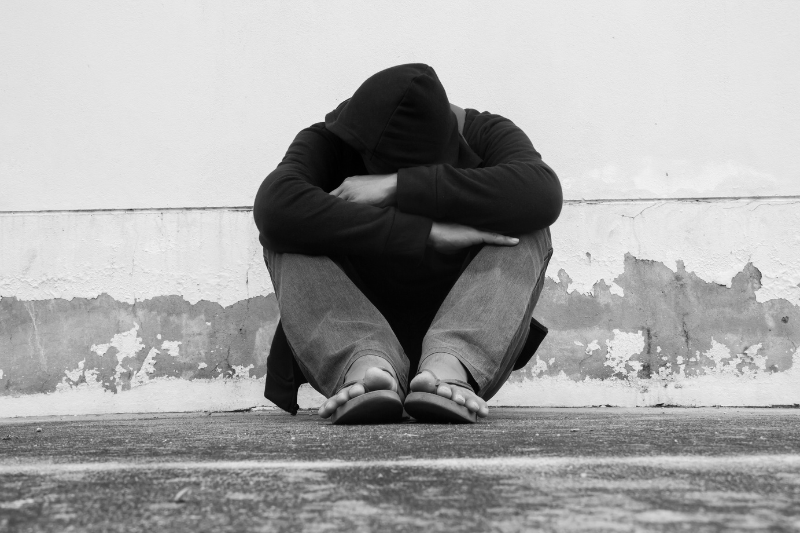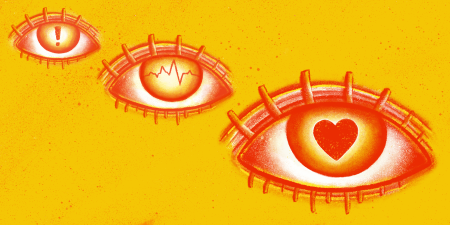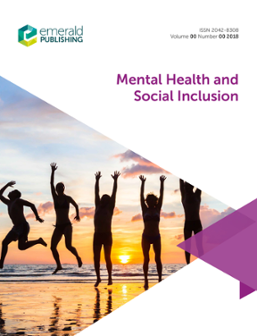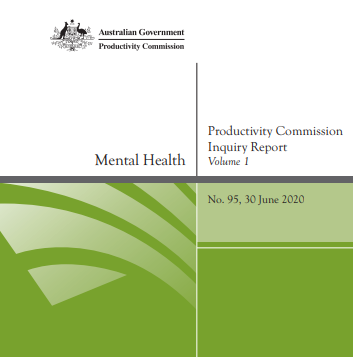Home Mental Health Page 2
Mental Health
- Research
People experiencing homelessness have been found to have a high risk of violent crime victimisation as well as high prevalence of psychiatric disorders. It is poorly understood whether experiencing homelessness is associated with additional risks of violent offending and whether psychiatric disorders contribute to these risks. We examined the association between homelessness, psychiatric disorders, and first violence offence leading to conviction.
- Research
This study sought to describe and explore associations among selected determinants of health and self-reported scores on indicators of psychological capital among youth experiencing homelessness.
- Research
This Review examines the intersection between mental illness and homelessness in high-income countries, including prevalence rates and changes over time, the harmful effects of homelessness, and evidence-based health and housing interventions for homeless people with mental illness.
- Research
This article canvasses urban interventions that can support human health investment and development. This article also suggests that designers of community policies, programs, structures, and spaces should be accountable for promoting social connection to help generate measurable health outcomes, such as longevity.
- Research
This paper aims to explore some of the complex physical and mental health needs of those experiencing homelessness. It will act as a leader to the other articles by establishing the nature of the problem and offer a rationale for carrying out a service user needs assessment as part of a review of local service provision in the North West of England against the backdrop of the current COVID-19 epidemic.
- Research
improving the experience of people with mental illness and their carers beyond the healthcare system, recognising that there are numerous gateways in the community through which people enter the mental health system and a range of services beyond healthcare — in particular, psychosocial services, housing and justice — that are important for an individual’s social and emotional wellbeing and recovery
- Research
Our research makes a compelling case for the more formal integration of specialist housing services into both inpatient psychiatric and substance use treatment settings, given the significant risks of housing insecurity that many individuals experience in these settings, including all too common experiences of homelessness.
- Research
Homelessness represents an enduring public health threat facing communities across the developed world. Children, families, and marginalized adults face life…








